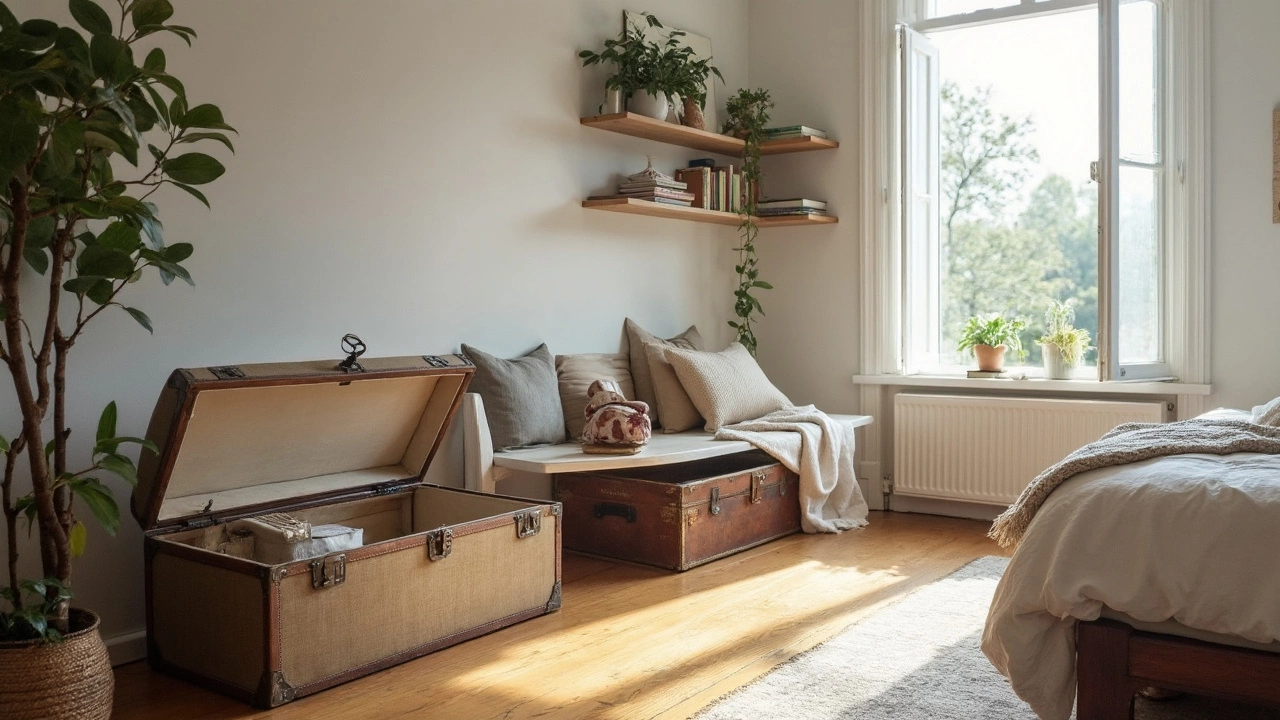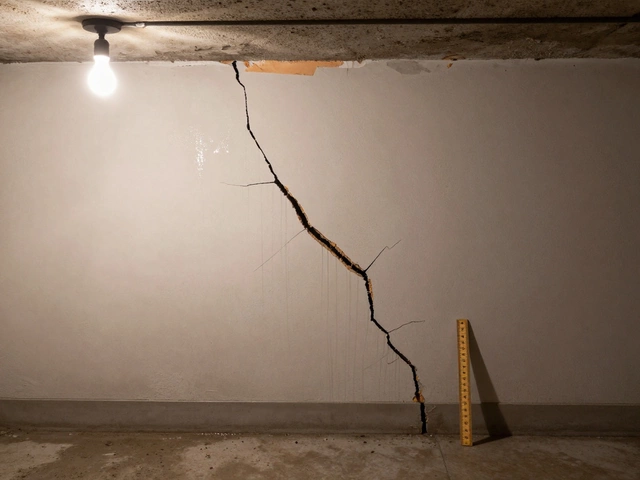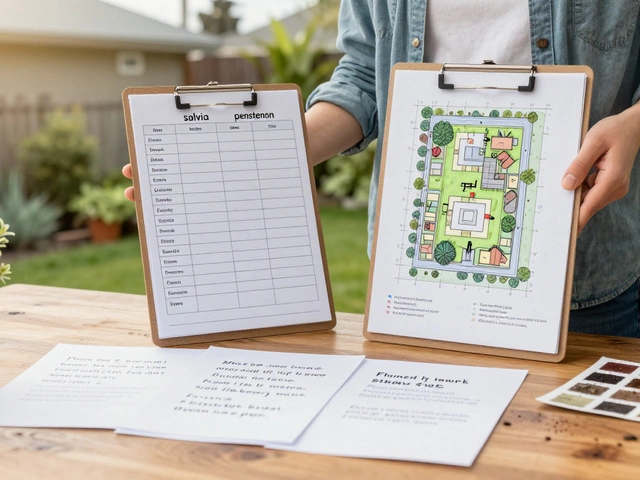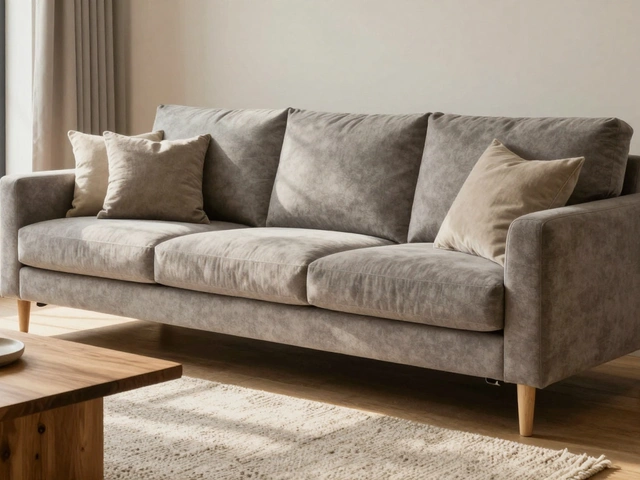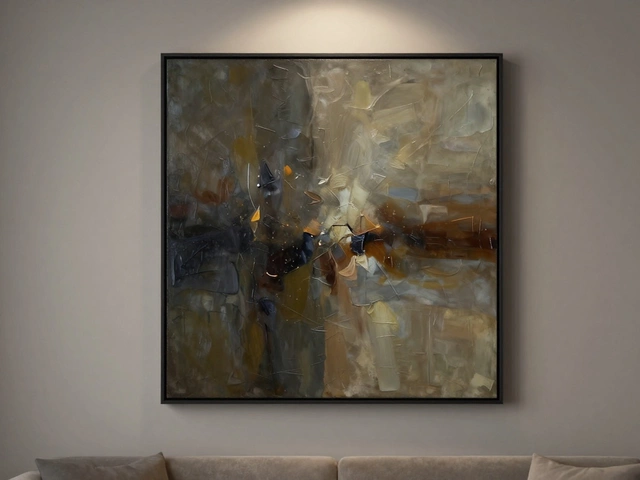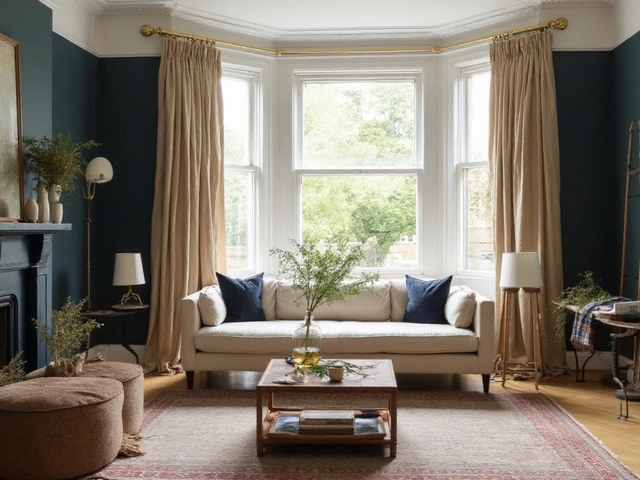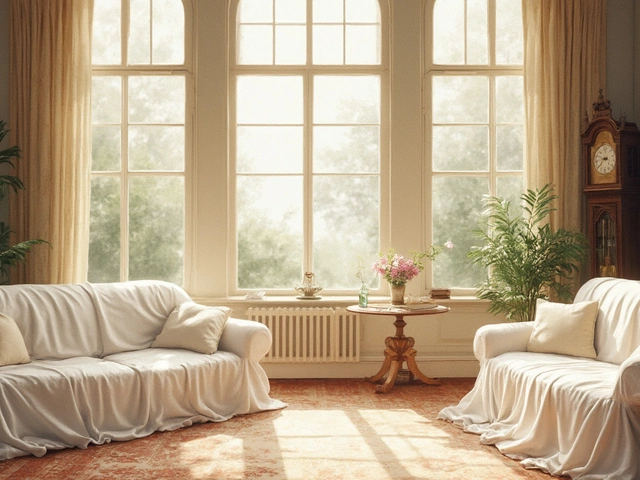Living in a house without closets feels a bit like being handed a board game with no instructions—you know there’s a way to make it work, but you’re not sure where to start. Tons of older homes and quirky apartments just skipped the closet trend, and honestly, it can feel like a real headache. But don’t stress—there are plenty of ways to stash your stuff even if you don’t have a single closet.
First up, take a good look at your furniture. Can your coffee table hide toys underneath? Is your bench hollowed out for shoes? Storage furniture is the game changer here—think ottomans with hidden cubbies or beds with deep drawers. Even a simple hook by the entryway can hold bags and jackets, making up for that missing coat closet.
- Double-Duty Furniture Hacks
- Hidden Spots You Probably Forgot
- DIY Shelving and Pegboards
- Under-Bed and Over-Door Options
- Keeping It Tidy: Daily Habits That Help
Double-Duty Furniture Hacks
If you don’t have a closet, your furniture better pull its weight. Double-duty pieces are the MVPs of storage solutions for folks managing tight spaces or closet-free homes. We’re not just talking about the obvious, like trunks at the end of the bed (though they work!), but also furniture you use daily that just happens to stash stuff out of sight.
- Lift-Top Coffee Tables: These are lifesavers for living rooms. You get a table and a big hidden compartment—great for board games, blankets, or even Finn’s school projects when company’s coming over.
- Storage Ottomans: Find one that has a removable top and you’ve got instant organization for shoes, toys, or throws. Plus, they double as footrests or extra seating when you need it.
- Beds With Drawers: IKEA isn’t the only game in town. Tons of companies make beds with deep drawers underneath, some fitting over 15 pairs of shoes or the entire winter bedding stash. This is golden when you don't have a linen closet.
- Entryway Benches: The bench by the door doesn’t just have to look cute. Go for one with open cubbies or baskets underneath. It’s a spot for bags, hats, or the mountain of stray shoes.
- Drop-Leaf Tables: These fold up slim when you don’t need them, but the shelves or cubby slots in the middle can hide napkins, chargers, or even craft stuff for the kids.
Here’s a quick snapshot showing how much hidden storage these common double-duty furniture pieces can give you:
| Furniture Type | Average Storage Space |
|---|---|
| Lift-Top Coffee Table | About 2-3 cubic feet |
| Storage Ottoman | 1-2 cubic feet |
| Platform Bed Drawers | 4-6 cubic feet per drawer |
| Entryway Bench (with baskets) | 0.5-1 cubic foot per basket |
Don’t ignore vertical options either. Tall bookshelves with baskets can be turned into makeshift closets if you hang some hooks on the sides or stash bins on shelves. And don’t assume everything has to be hidden away—some items, like your cool hats or guitar, can be stored out in the open and still look good.
Hidden Spots You Probably Forgot
When it comes to storage solutions in a house without closets, most people overlook the corners, awkward gaps, and dead space right under their noses. Seriously, you’d be surprised how much these little pockets add up.
Start with the walls. Between wall studs—yep, that space in the drywall—there’s room for shallow shelving, which can fit books, cleaning supplies, or bathroom stuff. Under staircases is another prime spot. I've seen families go from tripping over shoes to hiding away luggage just by installing a pull-out drawer under the steps. And don’t forget under the sink, behind the door, or above kitchen cabinets. A simple rack or shelf can turn these into go-to storage bins.
Here’s a list of often-missed spots worth checking:
- Above windows and doors: Install a shelf for baskets or books.
- Behind cabinet doors: Stick-on hooks or pockets are perfect for cleaning gear or toys.
- Sides of cabinets or fridges: Slim rolling carts for snacks or pantry items.
- Under furniture: Use risers to lift beds or sofas for storage bins underneath.
- Deep drawers under the stove (not for pans—but for baking sheets or spare towels!)
Martha Stewart’s team nailed it when they said,
“Even the space behind your doors or along the sides of appliances can be productive real estate for storage if you take the time to outfit it.”
When I first tried adding shallow wall shelves by the entryway, it made a world of difference—it was suddenly easy to grab dog leashes and hats on the way out. My wife, Cassandra, was a skeptic at first, but she’s now the family’s queen of over-the-door bags for Finn and Nora’s board games.
The key here: Look for places you usually ignore. If it’s blank or empty, it can probably hold something. Even small changes add up, especially when you’re short on closets.
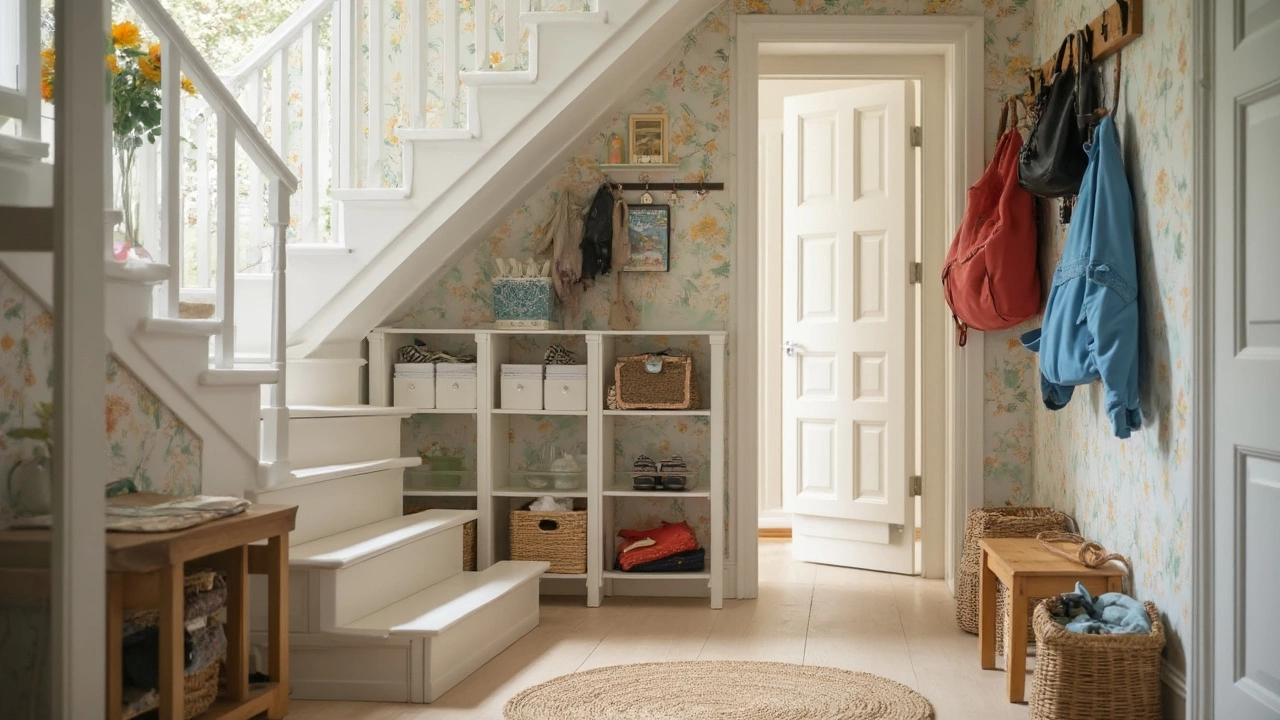
DIY Shelving and Pegboards
If your walls are just sitting there with nothing on them, they’re basically wasted real estate for storage solutions. Shelving is one of the lowest-effort, highest-payoff fixes you can pull off. You don’t need to be a pro. These days, you can get pre-cut shelves at any hardware store. All you need are a level, a screwdriver, and some brackets. I’ve made basic wall shelves on a Saturday afternoon for under $30, and suddenly there’s space for Nora’s art supplies and Finn’s books.
Don’t overlook corners and awkward spots. Corner shelves can turn dead zones into a home for hats, bags, or even that messy pile of mail. If you want to go bigger, floating shelves look slick and keep floors clear for things like laundry baskets or extra seating. Just be sure to hit the wall studs when you install—trust me, drywall anchors only go so far with heavy stuff.
Pegboards are unfairly underrated. Ever since I saw those garage tool walls, I’ve been hooked. Stick one in the kitchen, and you’ve got spots for pots, pans, and even mugs. In an entryway, toss up hooks and small baskets for keys, dog leashes, hats, and backpacks. You can customize pegboard layouts with just a few pegs and a little creativity. Plus, if you get tired of the setup, it’s a two-minute job to switch things up.
- If you want things to look more finished, paint your shelves or pegboard the same color as your wall so they blend in.
- For small bedrooms, long shelves above doors are a sneaky way to fit in boxes or baskets for seasonal clothes.
- If you want to store heavier stuff, use thicker wood and sturdy brackets—don’t test it with your grandma’s china on a basic plastic fix.
Building your own storage doesn’t need to be complicated. Sometimes it’s about using the wall space you already have and not worrying about if it’ll look perfect. Once you see how much extra room you get, you won’t miss those closets at all.
Under-Bed and Over-Door Options
When there’s no closet space, it’s wild how much stuff you can hide under the bed and behind doors. According to a survey by SpareFoot, nearly 60% of Americans say they want more home storage solutions. Turns out, both under-bed and over-the-door ideas can free up a shocking amount of room without needing a major home makeover.
Under-bed storage isn’t new, but it’s way underused. Beds usually sit 12–16 inches off the floor—that’s enough room for flat bins or pull-out drawers. And if you upgrade to a bed with built-in drawers, you’re basically winning at hidden storage. Want to go fancy? Some companies sell risers that lift your bed another 6 inches, so even big bins fit underneath. Here are some tried and tested options:
- Tightly-sealed bins for off-season clothes
- Rolling storage drawers for kids’ toys or board games
- Vacuum storage bags (shrink blankets and winter coats to half their size!)
- Shoe organizers that slide in and out, keeping pairs together
Meanwhile, let’s talk about the doors in your house. Every door is a missed opportunity if you’re just closing it and forgetting it. Toss an organizer over any solid door—bedroom, bathroom, pantry—and suddenly you’ve got instant shelves or pockets for shoes, snacks, or even cleaning supplies. Some over-door racks hold up to 44 pounds; that’s a whole grocery trip. Plus, installation usually takes under five minutes.
As organizing expert Marie Kondo says:
“The inside of your storage area is valuable real estate. Make sure you’re maximizing every inch.”
If you want to see how much space these tricks really free up, check out the actual storage gains most people see:
| Option | Average Space Gained |
|---|---|
| Under-bed bins (queen size) | 18–24 cubic feet |
| Over-door shoe organizer | Up to 36 pairs (about 4 cubic feet) |
| Vacuum storage bags (set of 4) | Reduce bulk by 60% |
| Rolling drawers under bed | Each adds 2–4 cubic feet |
Just remember: only store stuff you’ll actually use or need, or these hidden spots turn into ‘out of sight, out of mind’ dumping grounds. Tidy up every few months so you’re not crawling under the bed looking for a sock three years from now.
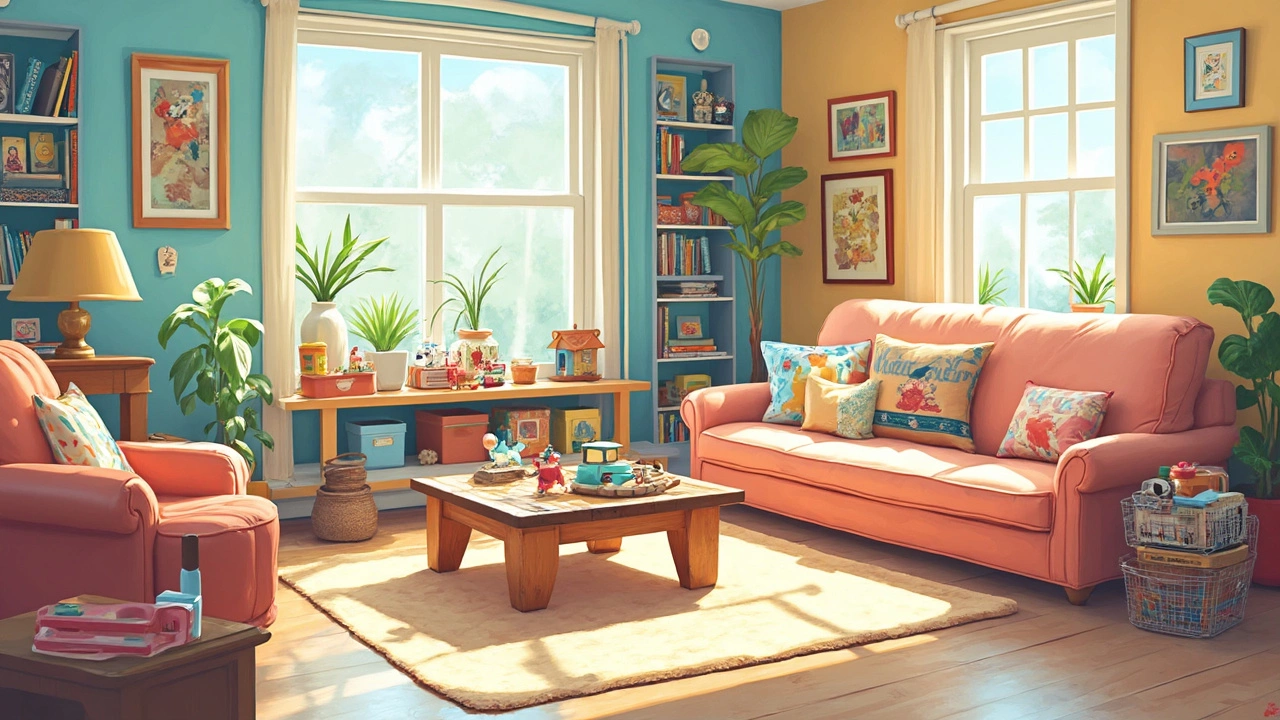
Keeping It Tidy: Daily Habits That Help
Let’s be real. You can own every smart storage bin out there, but if your day-to-day habits are messy, your house will always feel cluttered. Small routines can help you keep things under control and make the most out of your storage solutions, even when closets are missing.
Experts say that spending just 10 minutes each day tidying can keep a small home feeling organized. Instead of waiting for things to get out of hand, try building a few simple habits that actually fit your daily life.
- Make it a rule to put stuff back right after you use it. Coats on hooks, shoes in a basket, backpacks by the door—no floor piles.
- Use labeled baskets and bins so everyone knows where things go. Kids like Finn and Nora often listen better when they can see their names or pictures on a basket.
- Every week, do a ‘clutter sweep’—walk through each room with a tote bag and grab anything that’s out of place. Put it away right away.
- If you buy something new, find it a home as soon as you bring it in. If there’s no space, consider letting something old go.
- Set up an ‘out-the-door’ station with a tray or basket for keys, wallets, and mail. It makes life way less frantic in the mornings.
And here’s a stat that might surprise you: the National Association of Productivity & Organizing Professionals found that people waste up to 55 minutes a day looking for stuff at home. Just a few habits can give you almost an hour of your life back, every day.
| Habit | Time Needed | Clutter Impact |
|---|---|---|
| Daily 10-minute pick up | 10 min/day | Keeps surfaces clear |
| Weekly clutter sweep | 15 min/week | Puts things back fast |
| Label baskets/bins | 30 min (one-time) | Prevents pileups |
| Set up entryway station | 20 min (one-time) | Reduces lost items |
You’d be amazed how these tiny routines snowball into a tidier, more peaceful home—even when you’re living without closets.
